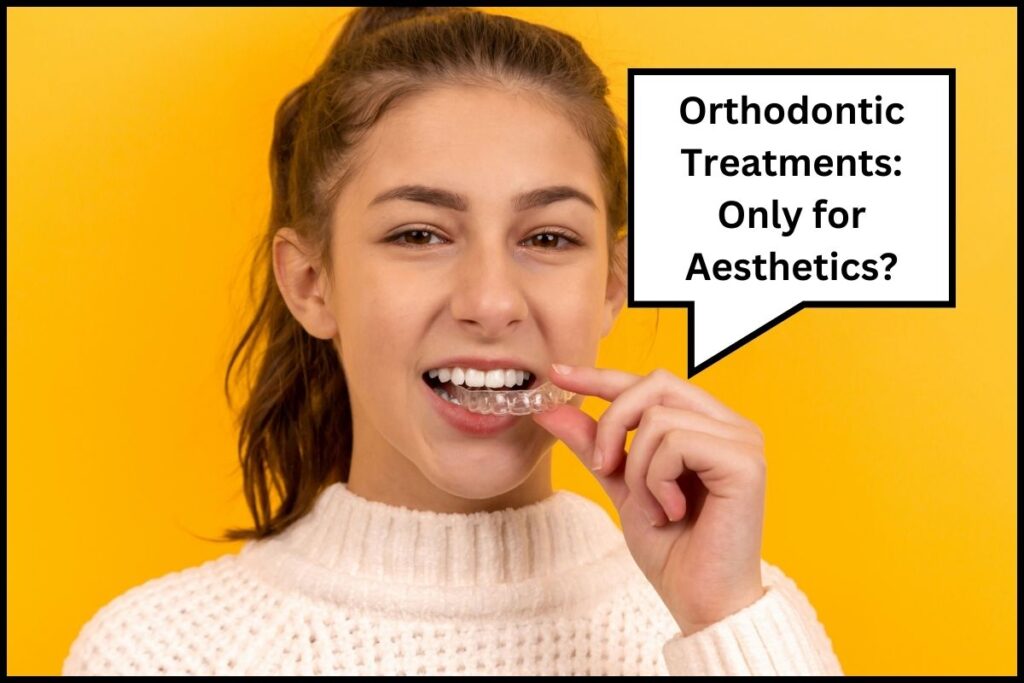Malocclusion, commonly known as a misaligned bite, goes beyond aesthetics—it can affect speech, chewing, and overall oral health. Orthodontic treatments, such as braces and aligners, not only enhance the appearance of your smile but also improve functionality and prevent long-term dental issues. Discover how correcting malocclusion can boost your confidence and oral well-being.
What is Malocclusion?
Malocclusion is when your teeth don’t line up properly when your mouth is closed. This means your upper and lower teeth don’t fit together. Malocclusion can cause problems like difficulty chewing, speaking, or breathing. There are several types of malocclusion, including overbite, underbite, and crowded teeth.
It can happen due to genetics, losing baby teeth too early, thumb sucking, or not having enough space in your mouth for all your teeth. The main types are:
- Class I Malocclusion: Your upper and lower jaws are in the right position, but your teeth are misaligned.
- Class II Malocclusion: The upper jaw is too far forward, creating an overbite.
- Class III Malocclusion: The lower jaw is too far forward, causing an underbite.
If you notice problems with your teeth, it’s important to visit a dentist or orthodontist to see if treatment is needed.
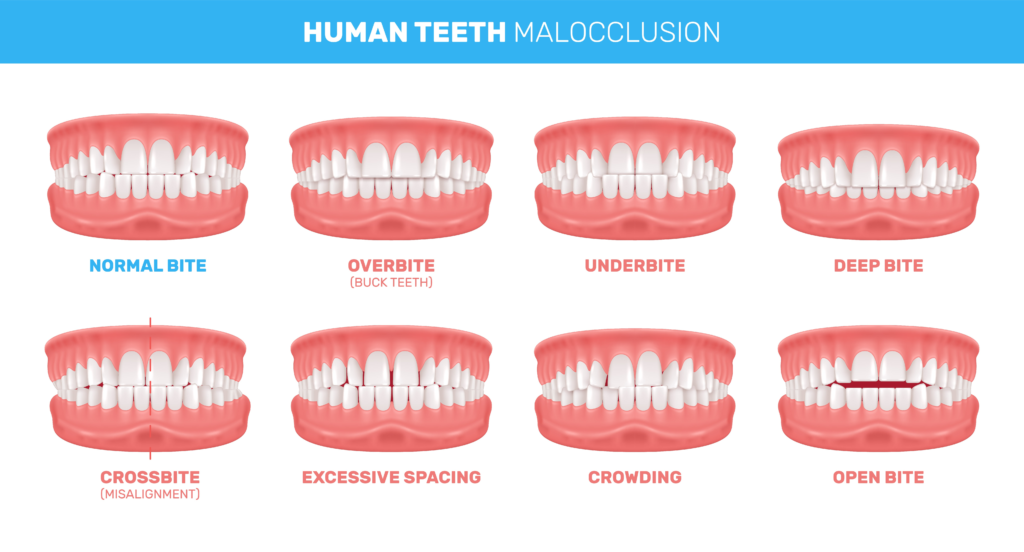
How to Know If Malocclusion Will Fix Itself or Needs a Dentist’s Help
Sometimes, mild malocclusion can improve by itself, especially in kids whose jaws are still growing. However, if you notice any of the following, it’s best to see a dentist:
- Teeth Crowding or Gaps: In some cases, your teeth may move naturally as your permanent teeth come in.
- Pain or Discomfort: If chewing or biting causes pain, or if your jaw hurts, you should see a dentist.
- Speech or Breathing Problems: If it’s hard to speak clearly or breathe comfortably, it might be time to consult a dentist.
- Appearance Concerns: If you’re self-conscious about the way your teeth look, a dentist can suggest treatment options.
Even if you’re not sure, visiting a dentist for an early checkup can prevent bigger issues later.
What is Orthodontics?
Orthodontics is a specialized branch of dentistry focused on diagnosing, preventing, and correcting misaligned teeth (malocclusion) and jaw irregularities. Orthodontic treatments, such as braces, clear aligners, and retainers, help improve dental alignment, enhance oral health, and create a confident smile. By addressing issues like overcrowded teeth, overbites, underbites, and gaps, orthodontics ensures proper bite functionality, easier cleaning, and reduced risk of gum disease or tooth decay. Suitable for both children and adults, orthodontic care not only boosts aesthetics but also prevents long-term dental problems.
What are the Treatment options?
There are several treatments to fix malocclusion, depending on how serious it is. Here are some common options:
1. Braces
Braces are the most common treatment. They use metal brackets and wires to move your teeth into the right positions. Braces usually take 1-3 years to work, depending on how much the teeth need to move.

2. Clear Aligners (Invisalign)
Clear aligners, like Invisalign, are a less noticeable alternative to braces. These removable trays gently shift your teeth into alignment. They are best for mild malocclusion.
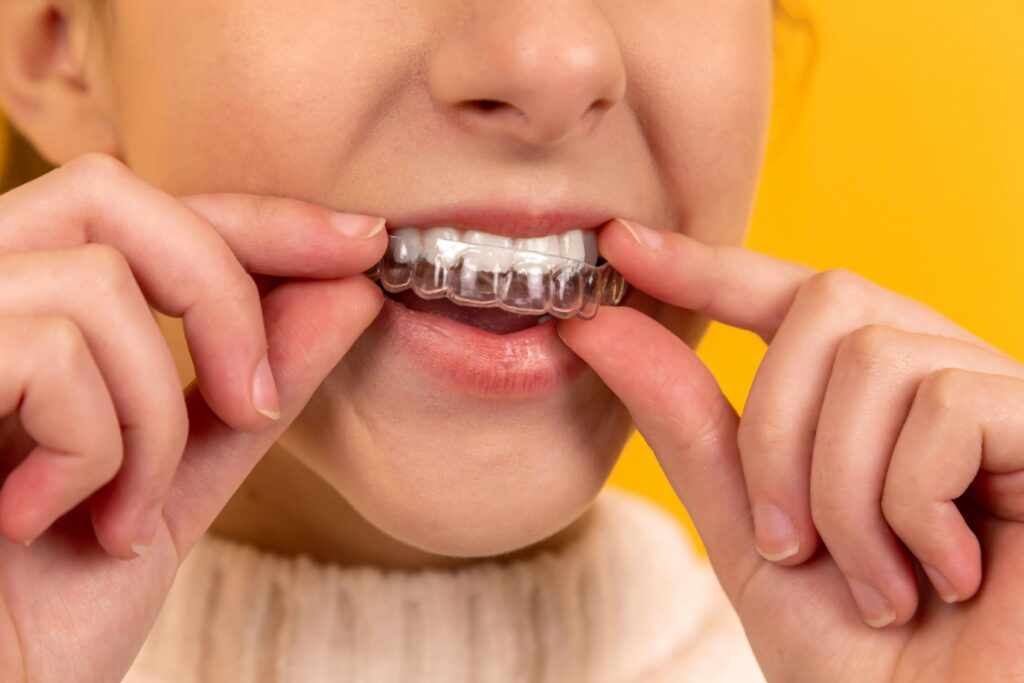
3. Retainers
After wearing braces or aligners, you’ll likely need a retainer to keep your teeth in place. Retainers help prevent your teeth from shifting back.
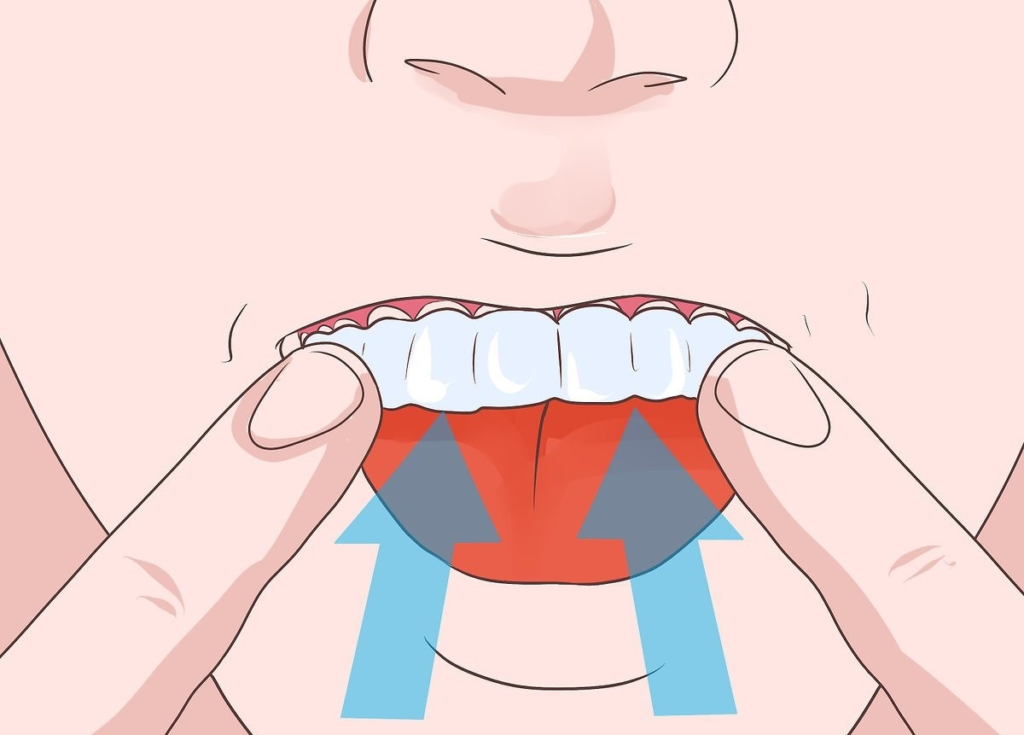
4. Palatal Expanders
If your upper jaw is too narrow, a palatal expander can be used to widen it. This treatment works best for younger kids.
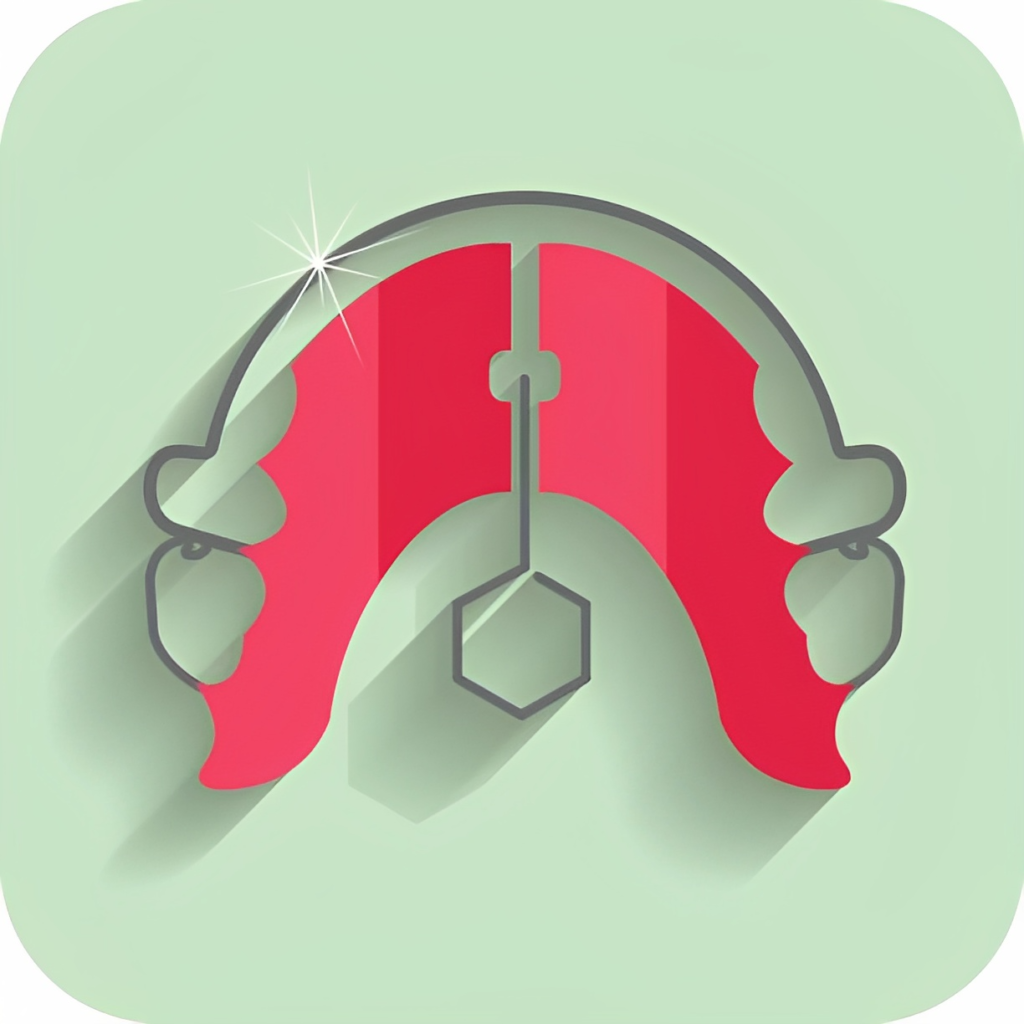
5. Dental Appliances
In some cases, devices like the Herbst appliance are used to reposition the jaw and teeth.
6. Jaw Surgery
If malocclusion is severe, surgery may be needed to realign the upper and lower jaws. This is usually for people with Class II or Class III malocclusion.

How Can Dentistry Help with Malocclusion?
Dentists and orthodontists are experts at diagnosing and treating malocclusion. Here’s how they help:
- Early Detection: Dentists can spot signs of malocclusion early. This helps avoid bigger issues later.
- Custom Treatment Plans: After diagnosing the problem, an orthodontist will create a treatment plan that works best for you. This could include braces, clear aligners, or other options.
- Working with Specialists: For serious cases, your dentist may work with an oral surgeon to fix jaw issues. This ensures you get the best possible treatment.
- Ongoing Care: After treatment, regular checkups help keep your teeth in place. If you need a retainer, the dentist will monitor how well it works.
Advantages other than Aesthetics
Teeth alignment treatments offer a variety of advantages beyond just aesthetics. Here are some key benefits:
1. Improved Oral Health
- Easier Cleaning: Properly aligned teeth are easier to brush and floss, reducing the risk of cavities and gum disease.
- Prevention of Tooth Decay: Crooked or crowded teeth can create hard-to-reach areas where plaque and bacteria accumulate.
- Gum Health: Misaligned teeth may lead to gum inflammation or recession, which can be prevented with alignment.
2. Better Functionality
- Improved Bite: Proper alignment ensures that your teeth meet correctly, reducing the risk of uneven wear and damage.
- Ease of Chewing: Proper alignment makes biting and chewing more efficient, improving digestion.
- Speech Improvement: Misaligned teeth can affect pronunciation; alignment can help resolve speech issues.

3. Reduced Risk of Dental Issues
- Prevent Jaw Pain: Misaligned teeth can lead to temporomandibular joint (TMJ) problems, causing pain and discomfort.
- Prevent Tooth Damage: Crowded or protruding teeth are more prone to chipping or breaking.
- Reduced Grinding: Teeth alignment can reduce bruxism (teeth grinding), which can wear down enamel and lead to jaw pain.
4. Boost in Self-Confidence
- A straight, attractive smile can enhance self-esteem and improve social interactions. Many people feel more confident in personal and professional settings after alignment treatments.
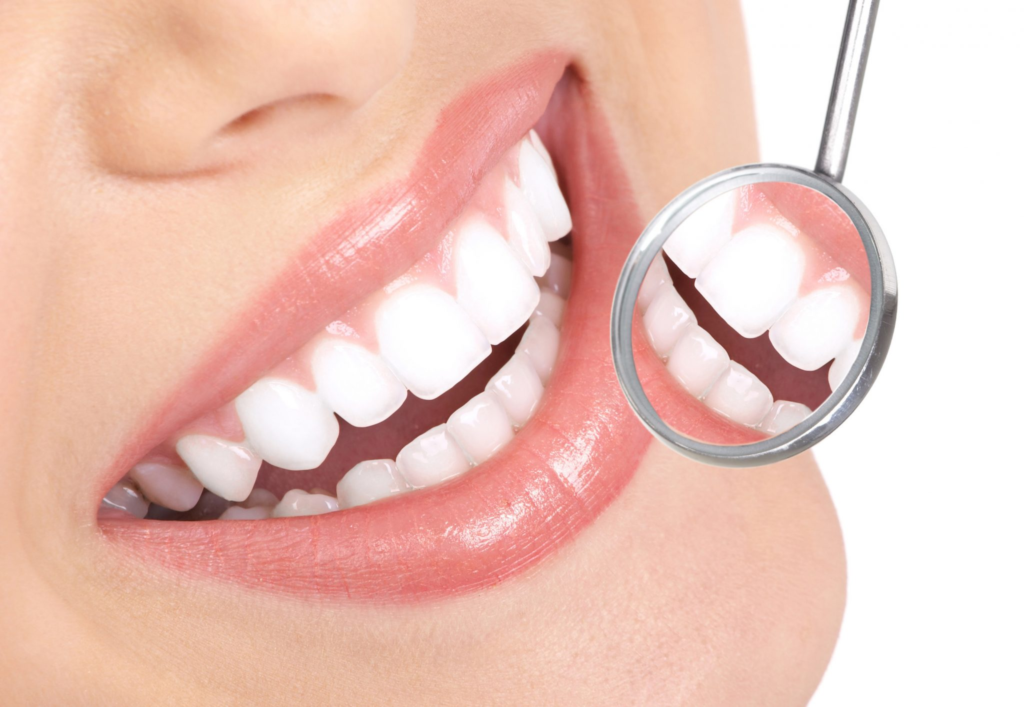
5. Long-Term Cost Savings
- By addressing alignment issues early, you may avoid more expensive dental treatments in the future, such as crowns, fillings, or even surgeries resulting from severe misalignment.
6. Customized and Discreet Options
- Modern treatments like clear aligners (e.g., Invisalign) allow for nearly invisible solutions, making the process more comfortable and convenient.
Would you like to discuss specific treatments or ask about the duration and cost of such procedures?
Dental Care Tips During Orthodontic Treatment
Proper dental care during orthodontic treatment is essential to maintain oral health and ensure successful results. Brushing after every meal with a soft-bristled toothbrush and fluoride toothpaste helps prevent plaque buildup around braces or aligners. Floss daily using specialized floss threaders or water flossers to clean between teeth and around brackets. Avoid sticky, sugary, and hard foods that can damage orthodontic appliances or cause tooth decay. Regular dental check-ups and professional cleanings are crucial to monitor oral health. Using fluoride mouthwash can provide extra protection against cavities. Consistent oral hygiene ensures a healthy, confident smile once treatment is complete.
Conclusion: Treating Malocclusion for a Healthier Smile
Malocclusion is a common issue that causes teeth misalignment. While mild cases might improve on their own, most people need treatment. Options like braces, clear aligners, or even jaw surgery can help fix the problem.
If you think you have malocclusion, or if you’re not sure, visit a dentist. Early treatment can prevent bigger problems in the future and give you a healthier, more confident smile.
Sources:

